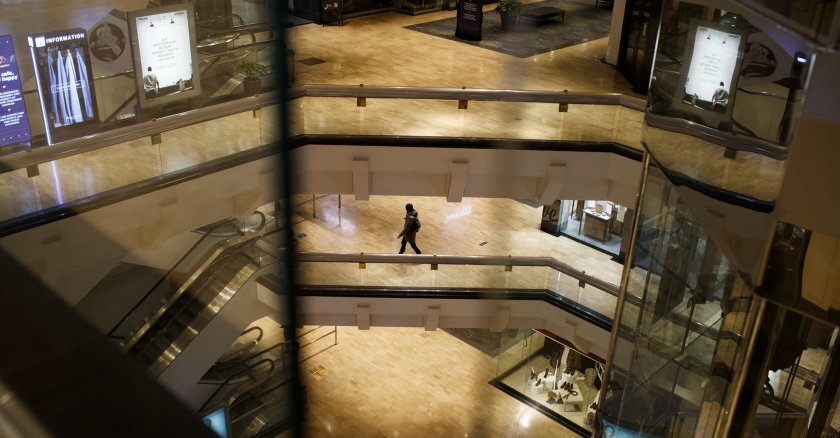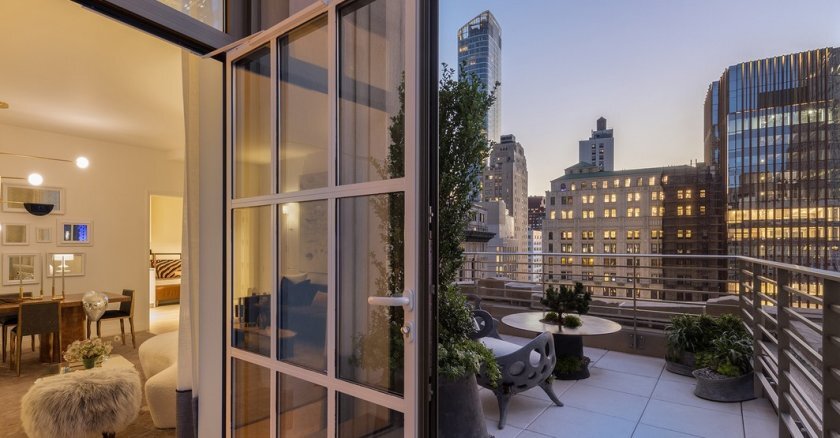Office work was the traditional raison d’être of downtowns. With some level of remote or hybrid work seeming to be permanent, and large tracts of vacant office space not likely to be taken over by businesses any time soon, many cities and their leaders are pinning their hopes on residential use as the savior of downtowns. This means both new residential construction and conversion of office space into residential units.
Undoubtedly, many downtowns, or at least certain subdistricts of them, have been too monolithically office-dominated. This creates an environment that's lively at certain times of the day, but dead outside of business hours. Now even much of Midtown Manhattan is eerily empty at night. Adding residential to the mix, even the cost of displacing some business use in the short term, could liven these districts up. We have already seen this to some extent in New York’s financial district. The attractiveness of mixed-use development could, in turn, make office-heavy downtowns more desirable places to work. The ones that still command strong demand from office tenants today are those whose office space is integrated into some type of genuine mixed-use development, often in a semi-private district outside the core office area. (The Bottleworks District in Indianapolis is an example.)
However, cities are too blasé about the implications of losing offices. Residences cannot substitute for offices in what is, after all, the central business district.
Cities derive their power from agglomeration effects. That is, benefits accrue when businesses and people are located in proximity to each other. These benefits can come from better labor market matches, knowledge spillover or other means. There are advantages from technology in Silicon Valley, or biotechnology workers in Kendall Square in Cambridge, Mass. Not all of these locations have to be in the urban center, but for most cities the densest concentrations of businesses and people are in their downtowns. That’s what makes them the center of production and value creation for their regions.
If cities lose production in their downtowns and replace it with residential and retail, which is primarily consumption (perhaps why economist Edward Glaeser labeled this vision for the urban center the “Playground City,”) downtown becomes just another neighborhood. In that case, what advantages does it have over any other residential neighborhood? What makes it special? More to the point, what makes it capable of generating the economic value, and consequent tax revenue, cities have come to expect from their downtowns?
Obviously, few downtowns will become completely residential and retail. They will remain centers of government, tourism and culture, along with some office component. But the notion that business and residential are essentially interchangeable, and that the permanent loss of a sizable portion of business employment isn’t a major blow to downtowns, is one that needs to be challenged.
One city that understands this is London, whose City district is one of the world’s great agglomerations of financial business and talent. The Centre for Cities, a U.K. think tank, issued a recent report on the rise of remote work and its impact on London. The report specifically warns against excessive conversions of office to residential, calling on the city to “manage the balance between residential and commercial space in central London so that the former does not cannibalise the latter. A shift away from commercial space would limit central London’s growth potential.” Precisely.
A temporary drop in downtown office work can be reversed. Some new residential development can be beneficial. But if cities end up shedding too much office space, that can be a long-term threat both economically and fiscally to the city as a whole.












